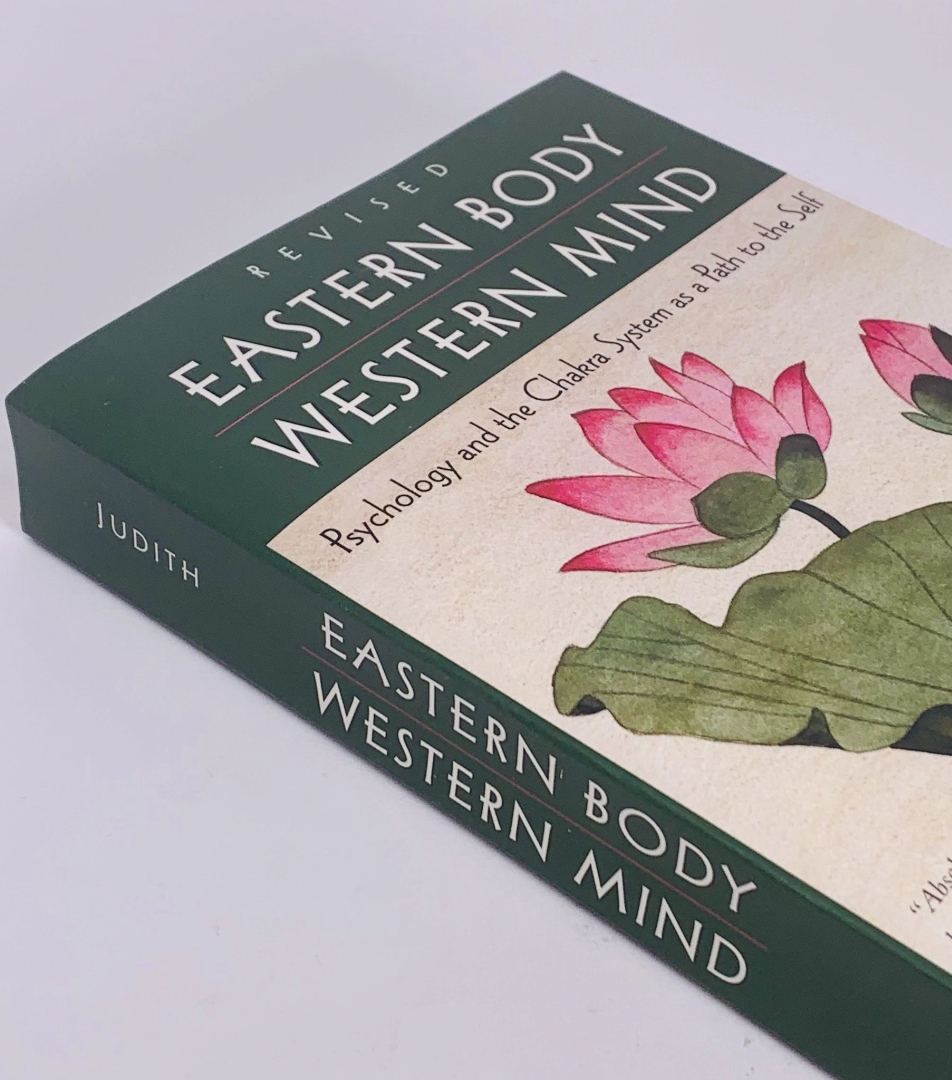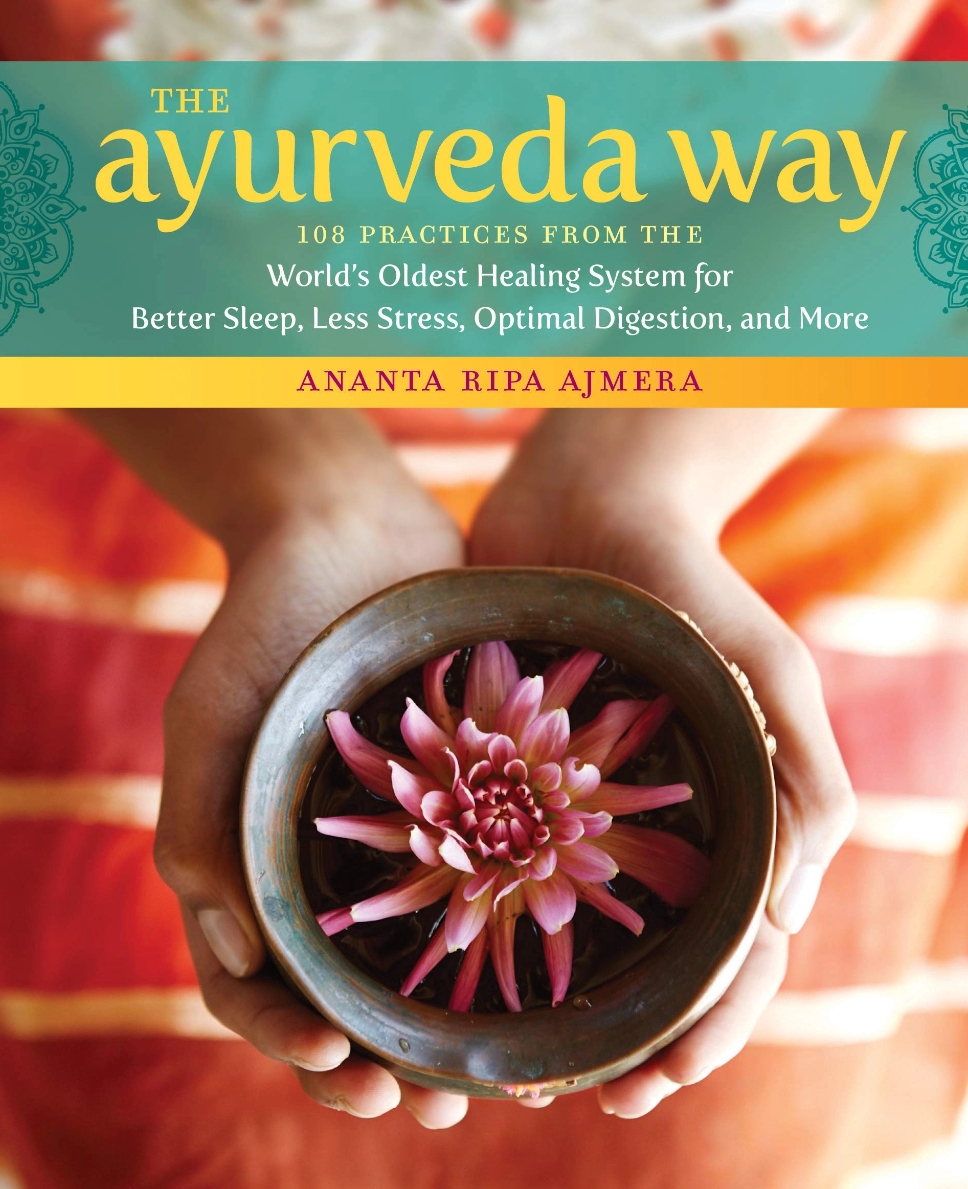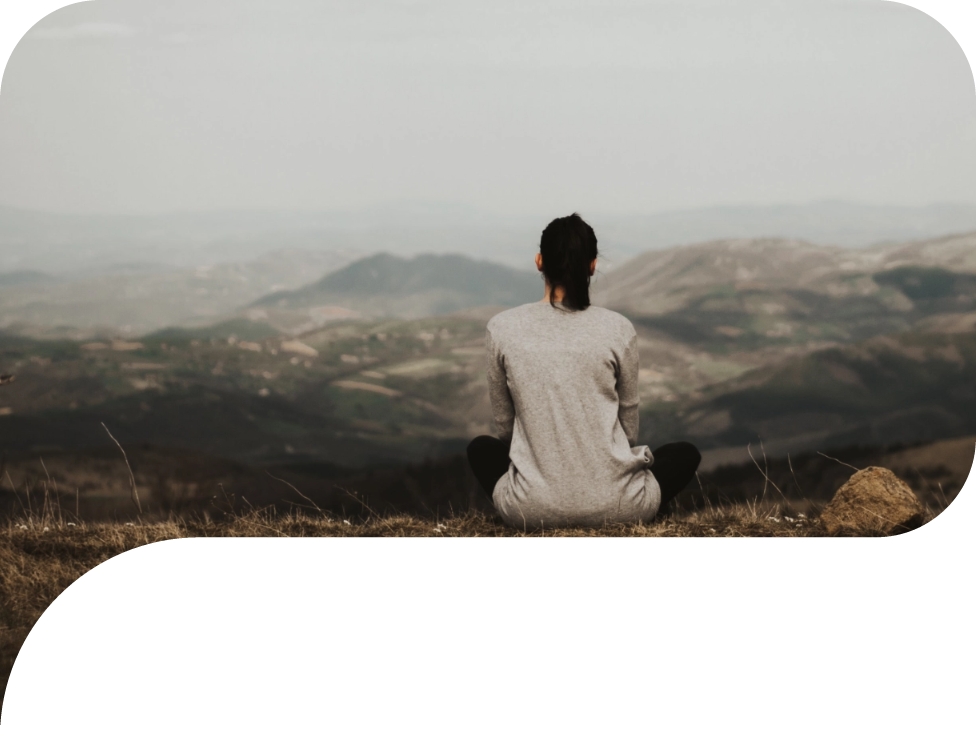Deep work can be a time where I am working on my craft, I am setting or reflecting on set intentions, creating something new, refining something existing, or forging new connections. This sacred time is for me. I am grateful for the literary texts that I have come in contact with along my journey to facilitate this process, and I wanted to share them with you here:
1. Eastern Body, Western Mind by Anodea Judith
This book-to me- is the Chakra Bible. It breaks down each chakra (a center of organization that receives, assimilates, and expresses life force energy) into several categories, such as “Growing the Lotus,” which chronicles the way each chakra can develop in each person, “Character Structure,” which illustrates how the chakra might manifest physically in your body structure, “Excess and deficiency,” to determine where you might have certain excess or blockages in your chakra centers, and then of course, “Restoring the Lotus,” which offers several healing modalities. What I love about this text is that it provides many examples of patients Judith has seen over the years, so you will inevitably find a piece of your story in one of theirs (validation is super regulating.) If you are looking for a deeper understanding of the way chakras work, and to uncover some of the deep programming you might have embedded in your mind, body, and spirit, I recommend starting here.
2. all about love by bell hooks
In this powerful text, bell hooks begins by clarifying the messages we might receive about love beginning in our childhood, and the ways our families teach us our cultures’s rules and beliefs about love. She chronicles that even though our parents might have been doing their best, love and abuse might have been confused. It is important to determine this distinction as we are creating families and relationships of our own. hooks says that while it is important for us to understand the origins of fragile self-esteem, it is also possible to bypass this state and create a foundation for building self-love. Once we do this, we can start introducing life-affirming thought pattens and behaviors. She says being in touch with the needs of our spirit will help us overcome any feelings of isolation. She says we all have a radiant, joyful heart that manifests this radiance to the world.

3. Kintsugi Wellness:The Japanese Art of Nourishing Mind, Body and Spirit by Candice Kumai
I’m pretty sure I read this book on a two hour plane ride, I couldn’t put it down. Learning about the resilience of the Japanese culture, and the ways they have historically and presently endure pain with patience, resilience and tolerance (referred to as gaman) was eye-opening and inspiring. She offers ideas such as embracing community and knowing your true circle of friends (yuimaru), being fully present (yes, without your cell phone in your hand), sharing your true emotions and being okay with vulnerability, and not expecting anything in return. She also includes several recipes which she refers to as Shojin ryorui-devotional cuisine of monks in Japan. This cuisine celebrates seasonal vegetables to nourish you, and uses all parts of the plants to energize and enlighten you. She will walk you through how to cook and eat with harmony and peace. (yes, please!)
4. The Body Keeps the Score: Brain, Mind and Body in the Healing of Trauma by Dr. Bessel van der Kolk
This book is one of those texts you can read fifty times, and learn something new each time. We are reminded that our relationships shape our development, and that the level of authentic care and nurturing we received from our caregivers determines has much to do with our development, attitudes towards ourselves, and behavior. You’ll learn the ways in which trauma, adversity, and negative emotions, can become locked in the body, and how thoughts and physical sensations are connected. Van der Kolk says that with mindfulness, we can survey our interlay landscape with compassion and curiosity, and allow it to steer us in the direction towards self care. He offers Meditation, Yoga, Rhythm, and Theater as regulating and healing modalities that allow us to work through discomfort and return to our bodies.
5. The Ayurveda Way: 108 Practices from the World’s Oldest Healing System for Better Sleep, Less Stress, Optimal Digestion and More by Ananta Ripa Ajmera
This was the first book I ever read on Ayurveda, the sister science of yoga. She introduces you to the three Doshas, or the forces that create the physical body. There are certain foods that will irritate our digestion, and others that will soothe it and create more ease. There are suggestions for which foods to eat depending on the season, including recipes, so you can feel connected with internal and external nature. Ananta offers tips to transform your personal space, for example, incorporating flowers and creating a sacred altar in your home. Different teas, herbs and spices will also reveal their benefits to you. Feel free to comment with your favorite books for doing deep work in comments section, or if you’ve read any of these and have thoughts of your own.

